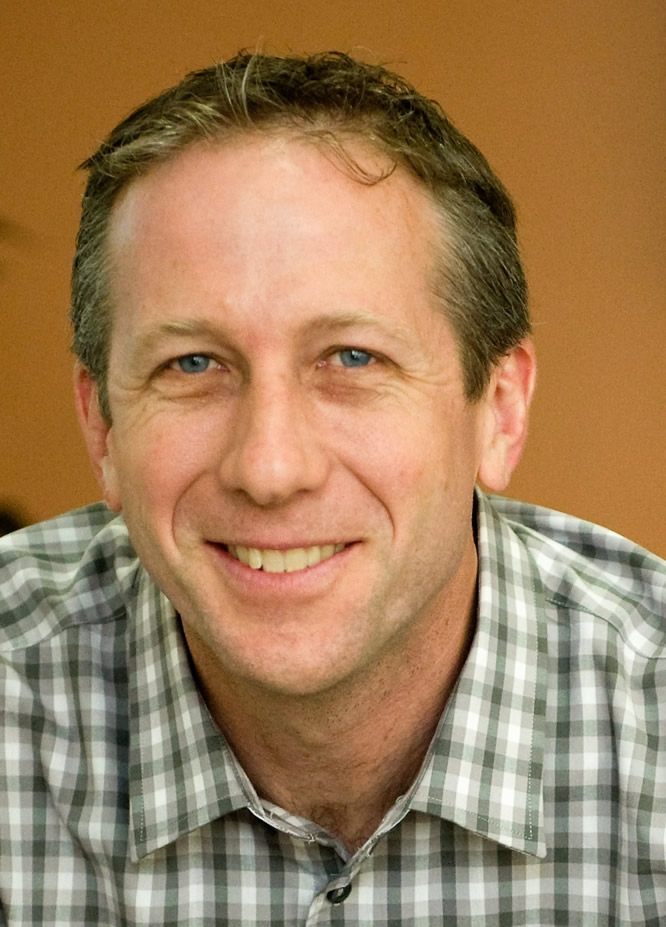
In February of 2022, the 10-year treasury rate was at 1.74%. Now, just 15 months later, it sits at 3.54%. For a 65-year-old borrower, this results in a principal limit reduction from 48.2% to 37.8% (using a 2.5% margin), a 22% decrease. Loans that were previously in the money are now out, requiring borrowers to bring cash to the table to pay off their existing liens and close the loan.
For many, the notion of coming up with additional funds sounds like a non-start-deal-killing-transaction that will never get done. But what if bringing additional cash to close is a good investment, providing access to the many options that come with a reverse mortgage? How might we help our clients to intelligently assess that decision?
For starters, we should agree that retirement (or “financial independence” as we would prefer) is largely a function of cash flow. We can “retire” when we have enough “stuff,” producing enough income, that it exceeds our expenses. So how big of a pile of money do we need to meet our expenses?
There’s a commonly accepted, though often debated, formula that one can safely take 4% from investments without running out of money. That would suggest that with $1 million dollars invested, you could expect $40,000 in income from your investments. (You’ll end up with less if your investments are in a retirement account since income tax will likely be due, but we’ll save that for another conversation.)

So, what does this have to do with bringing cash to close on a reverse mortgage? It comes down to helping our borrowers understand the value of not having to make mortgage payments. Here’s the math:
Let’s assume your client needs an additional $20,000 to close on your reverse mortgage. If your principal and interest mortgage payment is $1,500 per month, that’s an annual expense of $18,000. So how much do they need to have invested to generate $1,500 per month? At a 4% withdrawal rate, they’ll need $450,000 saved to generate $1,500 per month!
How do they get there?
Does it make sense for them to invest $20,000 to create a cash flow increase equal to a $450,000 investment? Looking at it that way, it could.
One other perspective to consider, with a $1,500 per month payment, $20,000 represents less than 14 months of payments. Could they come up with 14 payments to never have to make a principal and interest payment for as long as they live in the home? They might be able to come up with that. (Thank you, Dan Mudd for that one!) Of course, they are still responsible for property taxes, insurance, and abiding by the terms of the loan.
Are there other considerations? Of course! You should account for the impact on the borrower’s other holdings, market volatility, inflation, income tax considerations, future access to liquidity, the compounding interest on the loan, and what will be left over at the end (to name a few). Everyone is in a unique situation requiring an understanding of them, not just what you’re trying to sell.
Income planning for retirement is not a simple equation. In a recent conversation with a financial advisor, he made a valid point. When a client asks him how much to allocate to a 401k, traditional and/or Roth, the response requires an understanding of cash flow, retirement planning, investment planning, college planning, estate planning, risk management, insurance, taxes, and possibly much more.
There’s a bigger picture to consider and those looking to include home equity in retirement planning ought to become familiar with the many implications of your advice. Become a student of your craft, consider the many ways that cash flow can be managed, after all, this is the name of the game in retirement planning.
And accessing home equity, specifically through a reverse mortgage, could be one of the most misunderstood and underutilized strategies in retirement planning today.
This column does not necessarily reflect the opinion of Reverse Mortgage Daily and its owners.
To contact the author of this story: Ryan Ponsford at LinkedIn or RPonsford@onetrusthomeloans.com
To contact the editor responsible for this story: Chris Clow at chris@hwmedia.com